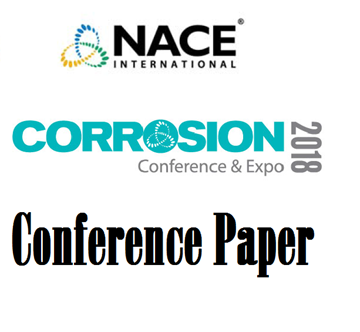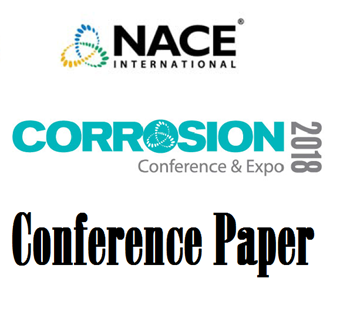Search
51318-11079-Assessment of Aging Mechanisms for Concrete Exposed to Outdoor and Below-Grade Environments in Spent
Also Purchased
51318-11071-Corrosion Behavior of Naphthenic Acids Isolated from Vacuum Gas Oil Crude Fractions
Product Number:
51318-11071-SG
Publication Date:
2018
$20.00
51318-11073-Development of a Reference Electrode for Study of Supercritical CO2 Corrosion
Product Number:
51318-11073-SG
Publication Date:
2018
$20.00
51318-11074-Effect of Elastic and Plastic Strain on General Corrosion and Metastable Pitting of Steels
Product Number:
51318-11074-SG
Publication Date:
2018
$20.00




